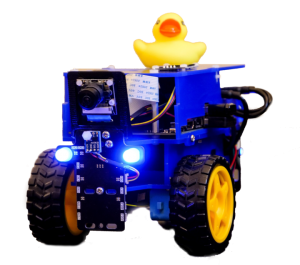AI Infrastructure
- 3 Computers equipped with
- NVIDIA GTX Titan X GPU, featuring 12 gigabytes RAM, 3072 CUDA cores,
- NVIDIA GTX 1080 Ti GPU featuring 11 gigabytes RAM, 3584 CUDA cores
- 2x NVIDIA RTX 2080 Ti GPU featuring 11 gigabytes RAM, 4352 CUDA cores
- 4 Jetson TX-2 featuring
- 256-core NVIDIA Pascal™ GPU architecture with 256 NVIDIA CUDA cores
- Dual-Core NVIDIA Denver 2 64-Bit CPU
- Quad-Core ARM® Cortex®-A57 MPCore
- Memory 8GB 128-bit LPDDR4 Memory
- 3 NVIDIA Jetson nano featuring
- 128-core Maxwell GPU architecture
- Quad-core ARM A57 @ 1.43 GHz
- 4 GB 64-bit LPDDR4 25.6 GB/s
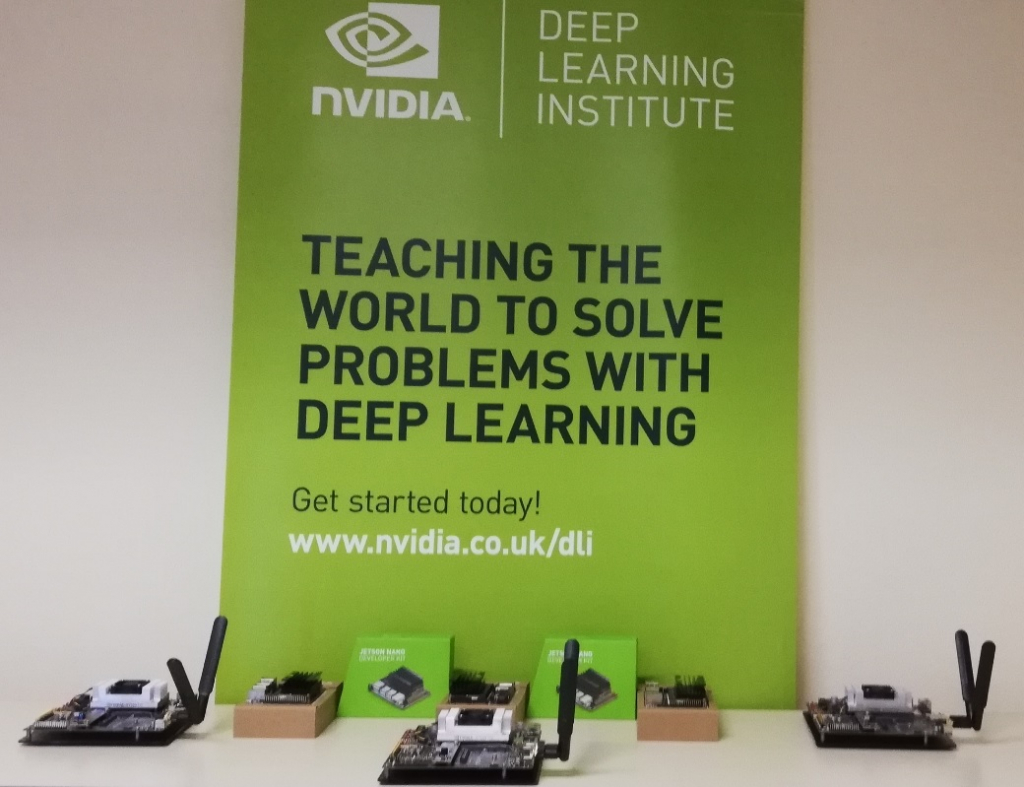
Cloud Computing
CONSERT has developed a cloud on-premises infrastructure, that supports several research projects and academic
platforms.

IaaS solution developed based on OpenStack cloud software.
Creation of Virtual Machines (VMs) to provide access to VCPUs, RAM and Storage over Virtual Networking and Public IPs.
Kubernetes platform used for the creation and testing of containerized services.
Off-premises cloud resources over the OKEANOS infrastructure to support several projects for research and academic activities, involving a number of junior researchers and students.
Current cloud infrastructure
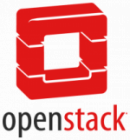
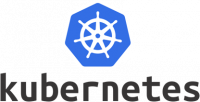

2 OpenStack clouds: (i) production infrastructure, for deploying and offering services supporting research projects, and (ii) sandbox infrastructure, development of solutions.
14 servers serving the roles of controllers, compute nodes and networks routers, featuring the use of PFsense Free BSD software.
8 microservers support the Kubernetes platform, part of an HP Bladesystem.
Use cases and applications
-
VLABs (Virtual Labs): Supporting student labs through the creation of custom VMs. The creation of the labs allows students to access powerful VMs and perform demanding actions via thin clients with the minimum hardware.
-
STORM project: Implement a robust OpenStack production infrastructure for the protection of Cultural Heritage through Technical and Organisational Resources Management (H2020 project STORM). STORM project exploited the use of several VMs, required by several partners to develop platforms and applications in order to collect and process information gathered by sensors. The cloud infrastructure provided enormous amount of resources and offered high availability characteristics, also safeguarding information of significant importance.
-
EVE-NG: Emulated Virtual Environment- Next Generation (EVE-NG) is a graphical network emulator built upon OKEANOS cloud, supporting both commercial and open-source router images. It is a virtual network emulator developed for testing and developing real life scenarios of network topologies, before apply them in real topologies.
Use of Resources
Openstack cloud resource utilization
OKEANOS cloud resource utilization
Cloud Community
Our cloud computing team exchanges ideas with other cloud enthusiasts:
Meetings to discuss cloud related issues in meetups organized by the OpenStack Athens User Group.
Organization of UniWA campus events for students and researchers
Collaboration with companies from the industrial sector (i.e. in Stackmasters)
Research other OpenStack deployment projects i.e. OpenStack Kolla and Triple-O OpenStack
Presentation
-
Creation of Virtual Machines (VMs) to provide access to VCPUs, RAM and Storage over Virtual Networking and Public IPs.
-
Kubernetes platform used for the creation and testing of containerized services.
-
Off-premises cloud resources over the OKEANOS infrastructure to support several projects for research and academic activities, involving a number of junior researchers and students.
Data room sensors
A fully equipped system of surveillance meets the needs of CoNSeRT’s data center that consists of sensors and control devices:
- Motion sensor: to enhance the security of the data room using ZigBee protocol.
- Sensor measuring Carbon dioxide levels: Detection of the suitability of Co2 levels using Zwave protocol.
- Door sensor: Checking the status of the door and notifying in case of violation using Zwave protocol.
- Flood sensor: Preventive measure in case of flooding and temperature measurement using Zwave protocol.
- Energy consumption measuring devices: Measurement of power consumption of air condition units using Zwave protocol.
- Remote controls: Control of air condition units, temperature data.
- Additional temperature and moisture sensors.
Zipatile Control System
Zipatile control system updates the sensors’ data every 10 minutes and synchronizes with Zipato cloud. The data are retrieved from the zipato cloud and stored in a personal database (influxDB) in order to achieve graphical representation for analysis and decision making, using the grafana database representation tool.
Grafana Software

All of the above functions are monitored by Grafana. Grafana is an open source visualization and analytics software. It allows to query, visualize, alert on, and explore the metrics no matter where they are stored. It provides tools to turn the time-series database (TSDB) data into graphs and visualizations. Click on the list items to display the current conditions of the cloud infrastructure:
Responsible Researchers:
Duckietown
Learn autonomy with Duckietown

CoNSeRT has one City Expansion Pack and two Duckiebots mainly for educational but also for research purposes.
Duckiebots operating with NVIDIA Jetson Nano include the following sensors:
- Hall effect sensor wheel encoders
- Front facing 160deg FOV camera
- IMU
- Front facing time of flight sensor
- Various sensors for battery diagnostics
The Duckietown Foundation hosts the AI Driving Olympics, that is a set of competition with the objective of evaluating the state of the art for ML/AI for embodied intelligence.
Click here for more.

